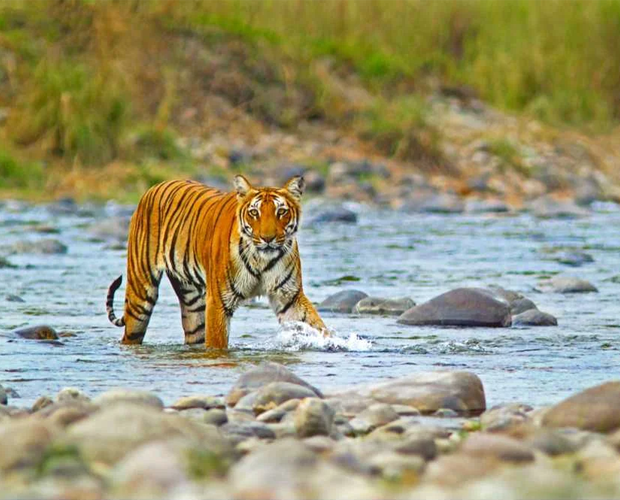
A trip into the forest is perfect during the winter months.
When national parks reopen following the monsoon, the lush surroundings turn into hazy wonderlands that provide amazing opportunities to see India’s famous fauna.
There is no better time of year to enjoy the wonders of nature, from seeing migrating birds in flight to seeing hidden tigers.
Are you ready to plan your journey? This is all the information you require.
Where would you want to go? This is the most important query.
Every parks have their seasons, and not every species is visible all year round.
For birdwatchers, winter is the best season. Siberian cranes, bar-headed geese, and flamingos find refuge in places like Bharatpur, Nainital, and Gujarat.
Do you want to see elephants or tigers?
With more than 530 bird species and large cats roaming its woodlands, Jim Corbett National Park is a perfect destination for a weeklong vacation.
If you have extra time, visit Kaziranga National Park, which is home to magnificent rhinos and an incredible variety of birds.
Are you trying to find a hidden gem?
Bengal floricans, gharials, and swamp deer can all be seen at Dudhwa National Park. For those who enjoy nature, it’s a real gold mine.
The majority of parks offer permits months in advance, in case you were unaware. Safaris are quite popular in December.
It’s possible to miss out completely if you wait until the last minute. Early reservations are therefore essential. Make sure to reserve your accommodations, safari permits, and transportation well in advance.
Note that tigers are not the only attraction on winter safaris. If you have an open mind, you could see something unexpected, such as a rare bird sitting in the foggy canopy or a roaring tiger.
Mornings in the jungle are cold! Never neglect the cold. Layer your jackets rather than wearing one heavy one. The best results are achieved with thin thermal layers covered by a windproof jacket.
To remain warm, wear a woolen hat, gloves, and double socks. Bring a buff and shoes that resist dew to protect yourself from the cold wind.
Keep your bright colors at home and dress in neutral hues to help you fit in with the surroundings.
For birdwatching, a set of binoculars is essential, and for those bright afternoon rides, remember to pack sunscreen.
Do you want to get the most out of your experience? Comfort is essential. Even though safaris can be lengthy and uneventful, small changes can have a big impact.
Ask for additional hot water bottles so you can stay warm while travelling. There aren’t many restroom breaks in the bush, so drink water wisely before the trip.
Attention, photographers! Your camera can be damaged by Forest moisture.
Cover your equipment with towels or sheets that won’t get wet. Keep an eye out for any falling moisture if you’re under a tree.
A wildlife safari’s excitement comes from its unpredictable nature. It can often be much more thrilling to hear a tiger roar than to actually see one.
Unexpected moments that leave you speechless are what make a safari so beautiful. Let nature surprise you by entering the outdoors with an open mind.
Ready yourself for a unique journey this winter. Plan carefully, pack wisely, and let the nature to inspire you. Waiting for you is an amazing safari!